Machine Learning Analysis of the Anatomical Parameters of the Upper Airway Morphology: a Retrospective Study from Cone-Beam CT Examinations in a French Population
Résumé
The objective of this study is to assess, using cone-beam CT (CBCT) examinations, the correlation between hard and soft anatomical parameters and their impact on the characteristics of the upper airway using symbolic regression as a machine learning strategy. Methods: On each CBCT, the upper airway was segmented, and 24 anatomical landmarks were positioned to obtain six angles and 19 distances. Some anatomical landmarks were related to soft tissues and others were related to hard tissues. To explore which variables were the most influential to explain the morphology of the upper airway, principal component and symbolic regression analyses were conducted. Results: In total, 60 CBCT were analyzed from subjects with a mean age of 39.5 ± 13.5 years. The intra-observer reproducibility for each variable was between good and excellent. The horizontal soft palate measure mostly contributed to the reduction of the airway volume and minimal section area with a variable importance of around 50%. The tongue and the position of the hyoid bone were also linked to the upper airway morphology. For hard anatomical structures, the anteroposterior position of the mandible and the maxilla had some influence. Conclusions: Although the volume of the airway is not accessible on all CBCT scans performed by dental practitioners, this study demonstrates that a small number of anatomical elements may be markers of the reduction of the upper airway with, potentially, an increased risk of obstructive sleep apnea. This could help the dentist refer the patient to a suitable physician.
| Origine | Fichiers éditeurs autorisés sur une archive ouverte |
|---|---|
| Licence |



